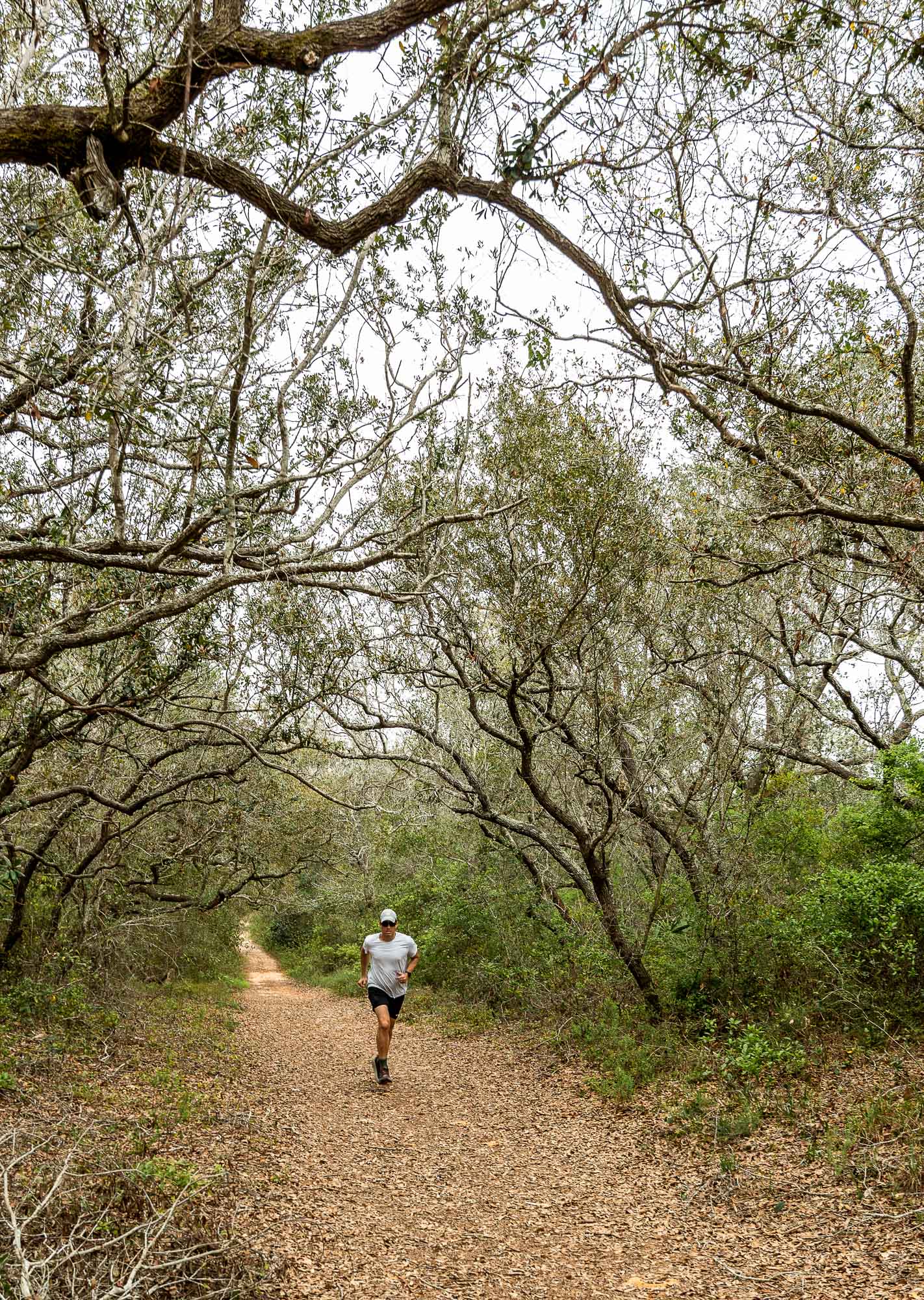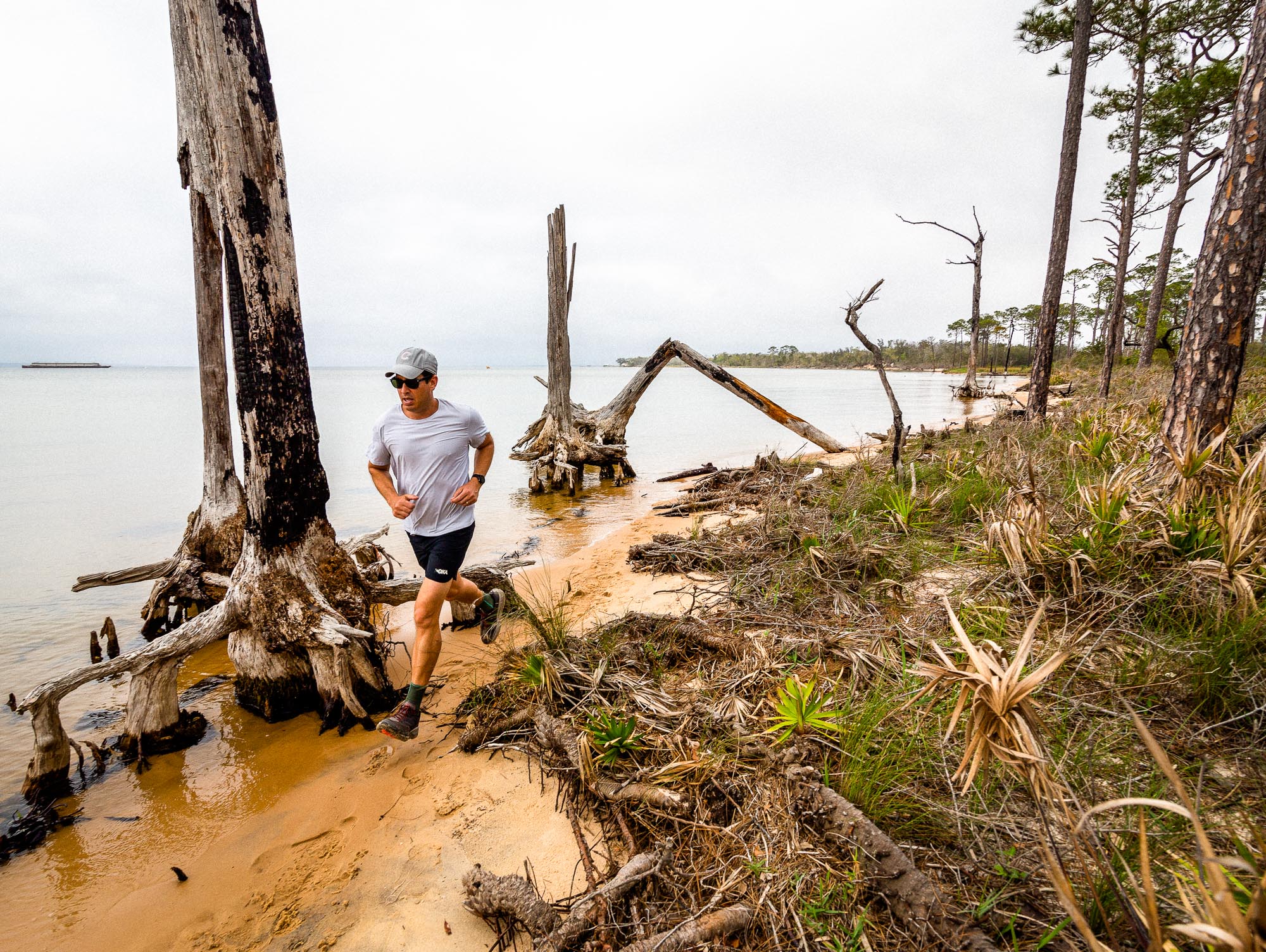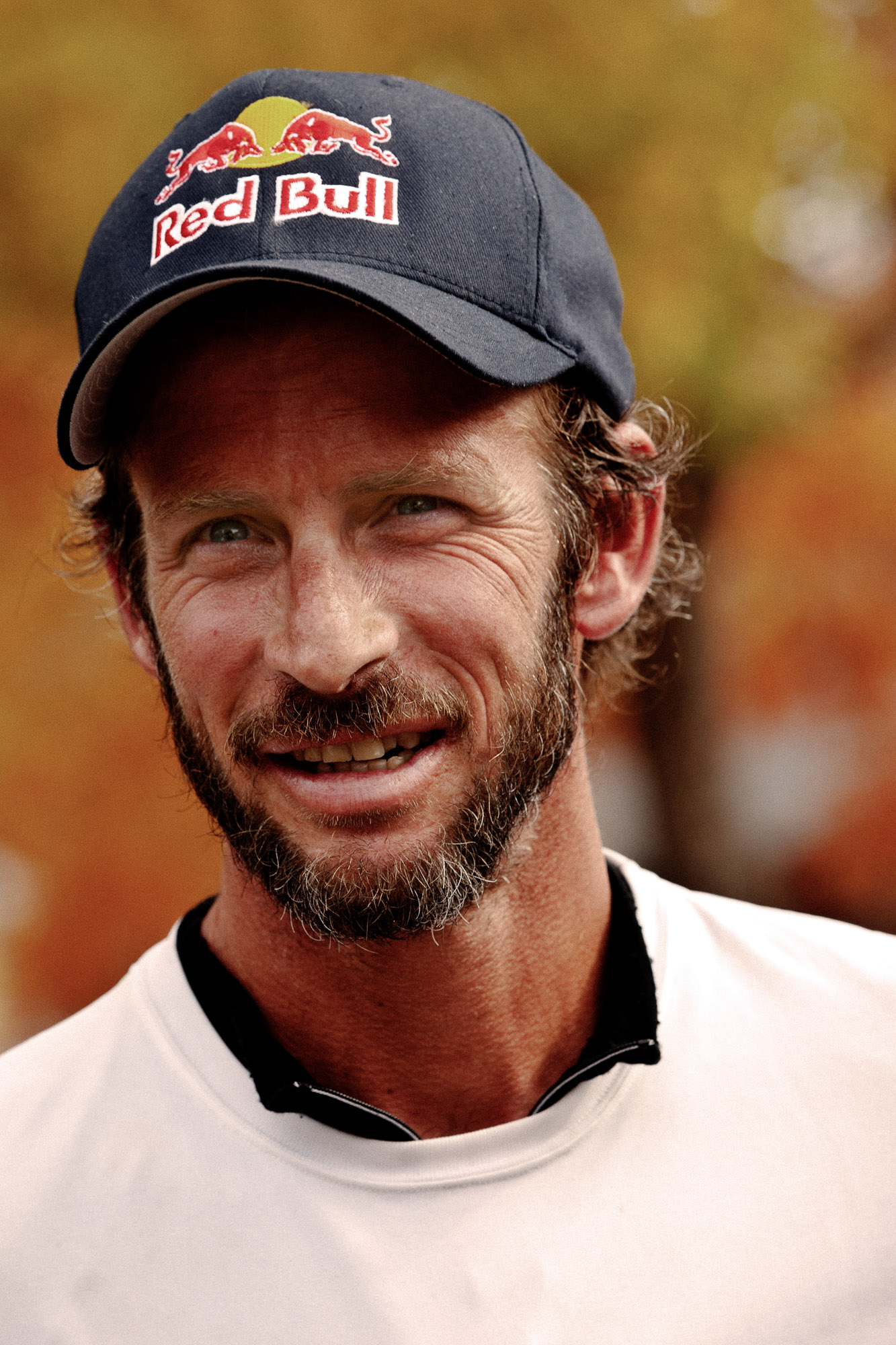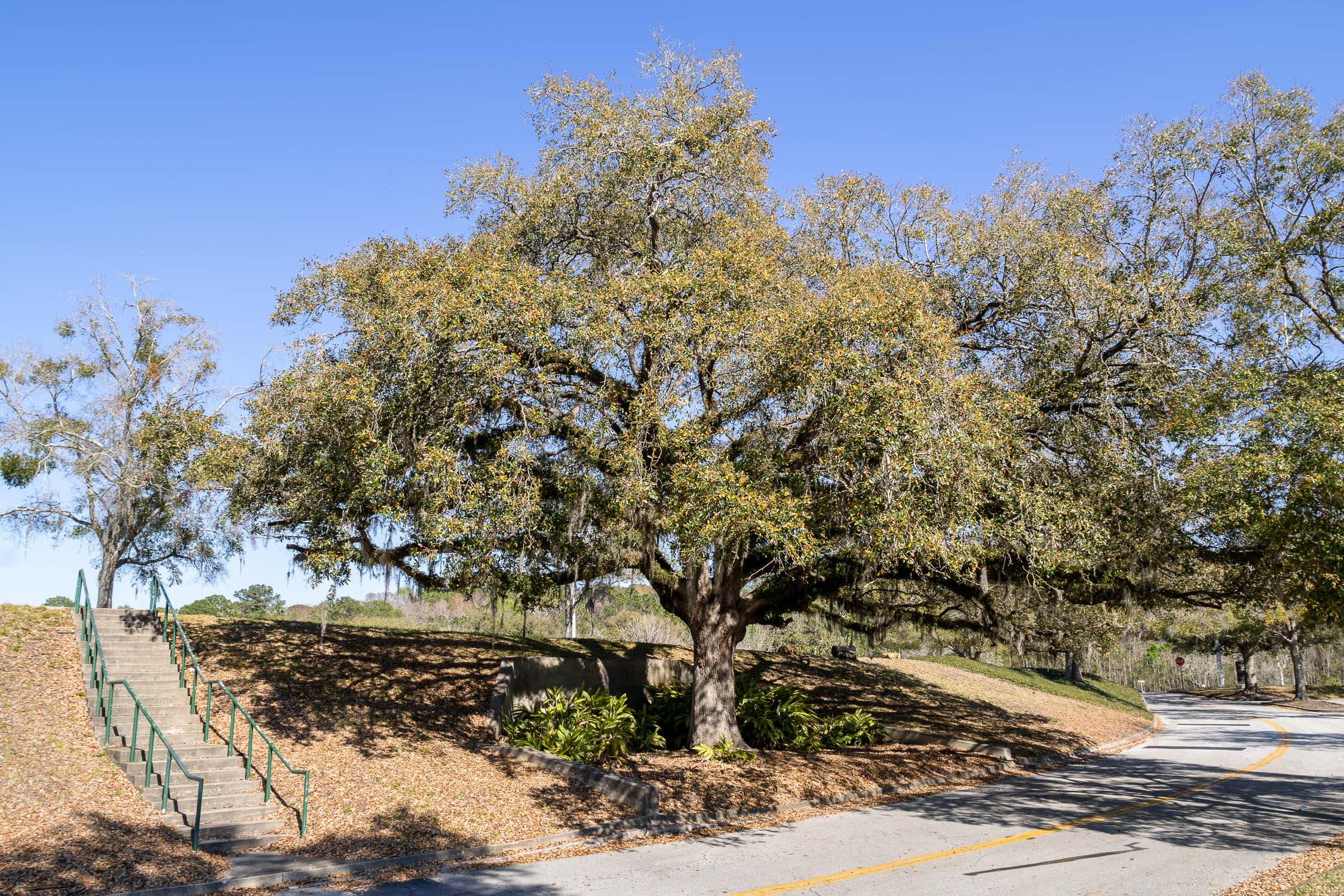Most people know that Florida is the flattest state in the US, so you’re probably thinking at this point that I’m out of my mind for training here, but there are creative ways to get in elevation (other than hitting 15 incline on the treadmill – I do that too). The easiest way is to find an incline or hill and repeat it until you reach your desired gain. I’ve found plenty of places to do just that in Northeast Florida, believe it or not. Bridges, dunes, stairs, overpasses, the incline on the beach at low tide, you name it, and I’ve repeated it.
If you find yourself motivated to watch Made to be Broken after reading this, check the credits. I’m listed as a producer and cinematographer. During the final four day stretch, before Meltzer reached the southern terminus at Springer Mountain, I followed him in and out of trailheads with a camera (partly for selfish reasons and also to give the film crew a break after 40 days of chasing Karl). To say the experience was humbling would be a massive understatement. Even though Karl was running on tired legs, he moved swiftly through the challenging terrain, and I struggled to keep up even for short distances. It wasn’t so much the pace, but more of a concern about breaking an ankle tripping over the jagged rocks and tangled roots that engulfed the trail.
Karl’s nickname is Speedgoat, and now I have the context (so much so that he partnered with us to build his Speedgoat brand). I don’t want to struggle the next time I step foot on the AT, so I’m doing everything I can to prepare myself. Moving from the pavement to the trails has been a game changer. Not only has it enlightened my running experience, but it’s also added the element of awareness to nearly every foot fall.
There’s nothing special about my running abilities – some friends and family may consider me to be special though, special in the way in which a special person keeps doing something that injures them. I have come to accept that 9-10 minute miles are fine, and injuries are part of the process. Giving running a purpose has kept me perpetually engaged. All the motivational cliches apply, especially the one that says ‘you can endure any how if you know your why.’ Whenever I start to feel apathetic toward running or feel like it’s become a burden, I simply update my purpose or remind myself of all of the benefits. Something I hated doing for more than half of my life is now something that I love. Do yourself a favor, and move with purpose. It will help, I promise, especially on those hot summer days when you don’t feel like it.
Oh, one more thing, for my first ultra marathon I’m going to run one of the hardest 50k’s in the country in July of 2022. It’s the evil brainchild of the one and only Karl Meltzer, called the Speedgoat 50K. The entire 32 miles are run above 7,500 ft and there’s 11,000 feet of elevation gain. If you average 15 minute miles you’re doing great. Wish me luck, I’ll write some updates along the way and a new article when I finish. I still have aspirations of one day running a 100 miler, but I’m nowhere near ready for that. In due time, as long as my body holds up.





